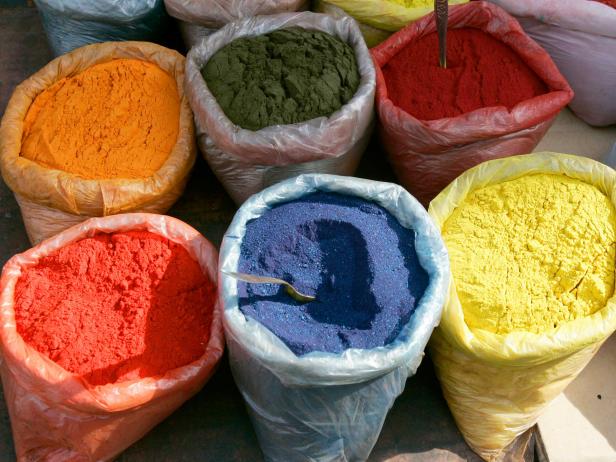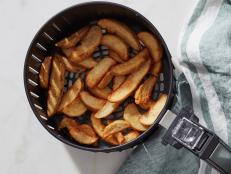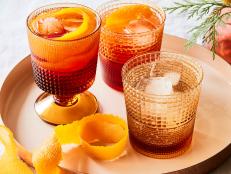Colorful Packaged Foods Are Taking a Natural Turn

Many otherwise vigilant parents at least occasionally look the other way as their children eagerly scarf down candies, snacks and drinks dyed vivid, frankly unnatural, shades of pink, purple, orange, red, yellow, green and blue. But as we Americans become more deliberate about the foods we eat, we’re growing increasingly uneasy about the potential effects of all those artificial colors — Blues 1 and 2, Red 40, Yellows 5 and 6 — and their lurid, unimaginatively named ilk.
Although these artificial colorings have been deemed safe by the U.S. Food and Drug Administration, some studies have indicated that they may be (are any of us really surprised?) not so great for our kids and possibly linked to hyperactivity. And, responding to growing pressure from ingredient-aware consumers, many companies — including General Mills, Nestle and Kraft Foods — are proactively replacing the artificial colors in their foods with hues derived from natural sources, like fruits and vegetables, NPR’s The Salt reports.
Kalsec, based in Kalamazoo, Mich., is making yellows, reds, oranges and purples using sources like turmeric, annatto (the “reddish pulp surrounding the outside of the seed of a South American tree,” the company’s website explains), paprika, carrots and the anthocyanin pigments from fruits and vegetables like black carrots, grape skins, cabbages, sweet potatoes and radishes.
ColorMaker, of Anaheim, Calif., is blending anthocyanins found in red cabbage juice, purple carrot juice and purple sweet potatoes, blueberries and elderberries, grape juice and grape skin extract, as well as carotenoids from carrots, betalains from beets, along with carmine, paprika and other plant-based ingredients for its natural colorings, the Institute of Food Technologies’ Food Technology magazine recently noted.
Other companies — including Sensient Food Colors in St. Louis, Mo., Milwaukee’s Chr. Hansen and GNT USA in Tarrytown, N.Y. — are also using fruit and vegetable juices and extracts, as well as minimally processed fruits and vegetables, to make colorings.
And that’s just the beginning of what may be a natural-colored food revolution.
Blue Lake 1, your days may be numbered.































































